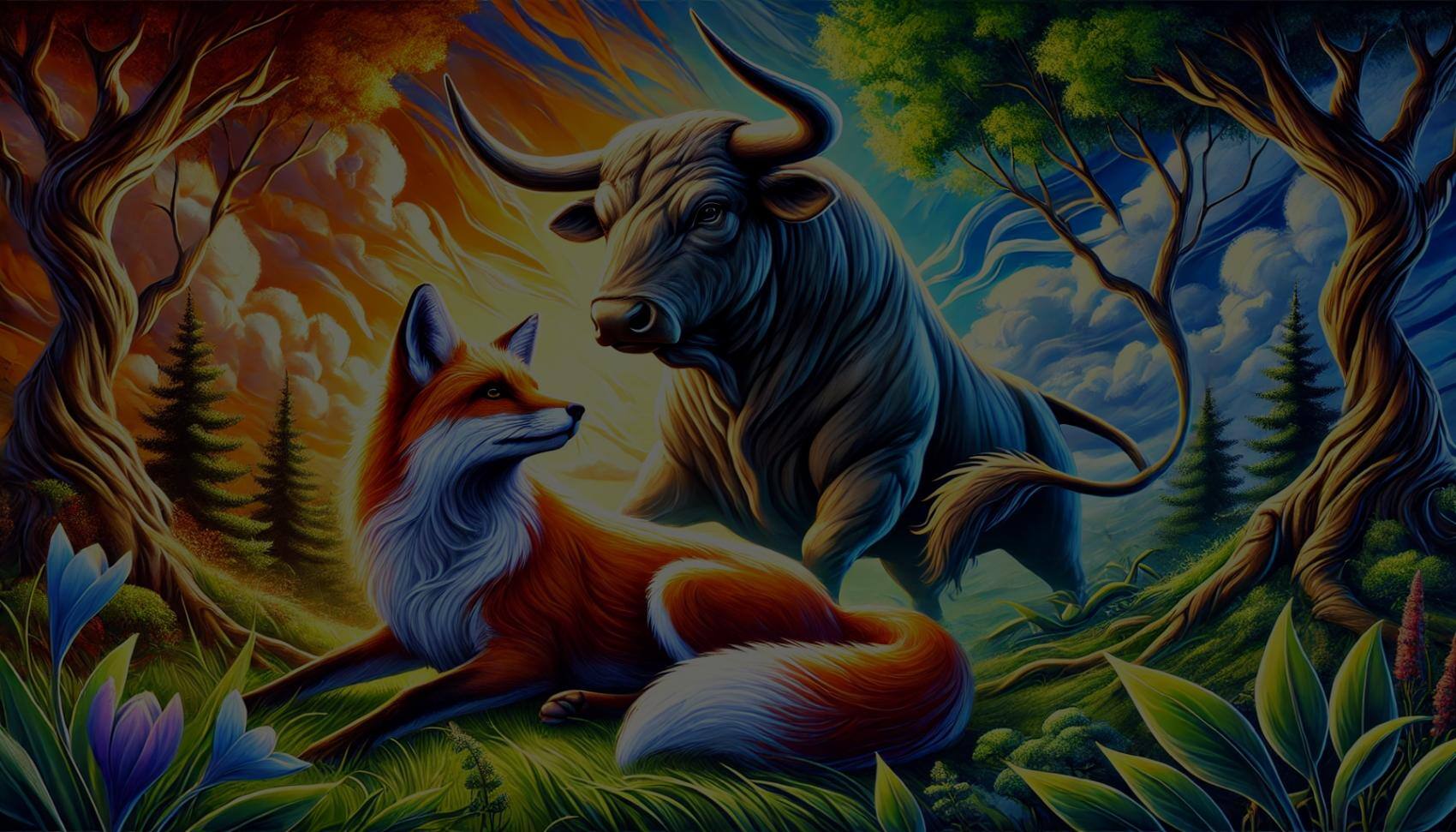We grab it by the horns to demonstrate our authority, we wave a red flag in its face, and we use the bull as a symbol in the stock market to represent a rise in prices. It is a symbol where we, as humans, can show off our fearlessness. The bull’s description of muscles and its impressive presence, exploding with masculinity, its fighting ability and male fertility, has made it an essential idol for many ancient cultures. But what does the bull represent?
What Are the Characteristics of the Bull?
Often considered as muscular versions of cows, and cows are indeed the female of the species. Their thicker bones, larger feet, and large, bony head with protective ridges have assisted bulls for generations in fighting for domination over a herd. Define Bulls: Bulls are about the same height as cows but the additional muscle and bone mass make them a stronger, sturdier, and braver version of their bovine counterpart. Horns are usually considered to be a given, but it depends on the breed.
The Etymology of the Word “Bull”
The word “bull” dates back to circa 1200, from the word “bule,” which, in Old Norse, can be “boli” meaning "bull, male of the domestic bovine." But it may have also come from an Old English word “bula,” and, from Proto-Germanic nomenclature the word “bullon” which is similar to the word brüllen, meaning "to roar."
Other meanings allude to an un-castrated male, reared for breeding, which, after the 1610s included males of other large animals, such as an elephant and alligator.
In the stock market, it comes from "one who seeks to cause a rise in the price of a stock" originating from 1714.
Other variations include “bull-necked,” originating from the 1640s, as well as the more popular phrase “take the bull by the horns” which was first recorded in 1711. The other popular expression refers to being like “a bull in a china shop,” representing carelessness and inappropriately destructive use of force, which was first recorded in 1812, and was even the title of a popular humorous song in 1820s England, which later gained popularity by rockabilly singer Johnny Horton.
The Bull as a Symbol
The Bull symbol is related to solar energies, highlighting determination, strength, and virility. Bull symbols have been depicted since prehistoric times. They can be found in art, literature, and astrology. Which of these phrases uses symbolism? Bulls play a fascinating role in culture and symbolism. The term "bull jiving" often refers to a playful form of deception. In literature, analyzing which phrases use symbolism can reveal deeper meanings. Bad omens symbolize impending misfortune.
Beyond their cultural impact, bulls are captivating animals known for their strength and power. Learn more about bull animal facts and the spiritual meaning of the cow, a close relative. Emotionally, bulls can symbolize expressing anger and intense anger, representing an angry person or the embodiment of uncontrolled anger. If you ever feel angry, these emotions are akin to the rage of a charging bull.
Interestingly, panic or panic attacks are sometimes linked to the imagery of a bull's uncontrollable force, a universal symbol of power and might.
The Art of the Bull
The famous Palaeolithic paintings discovered in caves in southwestern France, the Lascaux Cave Paintings, revealed that when human beings started to draw around 17,000 BCE, they drew the mighty bull.
The Bronze Age art with acrobats somersaulting through the air showed the proponent to be none other than a bull. In fact, art throughout history has a bull running right through it. Rembrandt’s 1632 depiction of Europa shows him being snatched by Zeus disguised as a bull. The 20th-century artist Arshile Gorky made an abstracted study for a Bull in the Sun and even popular artist Damien Hirst’s Cock and Bull placed a rooster on the back of a bull in a formaldehyde-filled vitrine.
But the most popular depiction of a bull in art has to come from Pablo Picasso, who sculpted a series of 11 lithographs depicting the bull in various stages of abstraction, all carved from the same stone as an investigation into the spirit of the animal. It is said that Picasso himself saw the bull as a way of asserting his masculinity. In fact, Picasso had something of an obsession with the bull, forming part of his masterpiece Guernica, where the bull’s head is interpreted to be the artist himself present in the work.
The bull also appears in heraldry, where it appears on the crests of several British families, and in modern times, bulls are more commonly associated with mascots, such as the basketball team The Chicago Bulls.
The Bull Star Sign
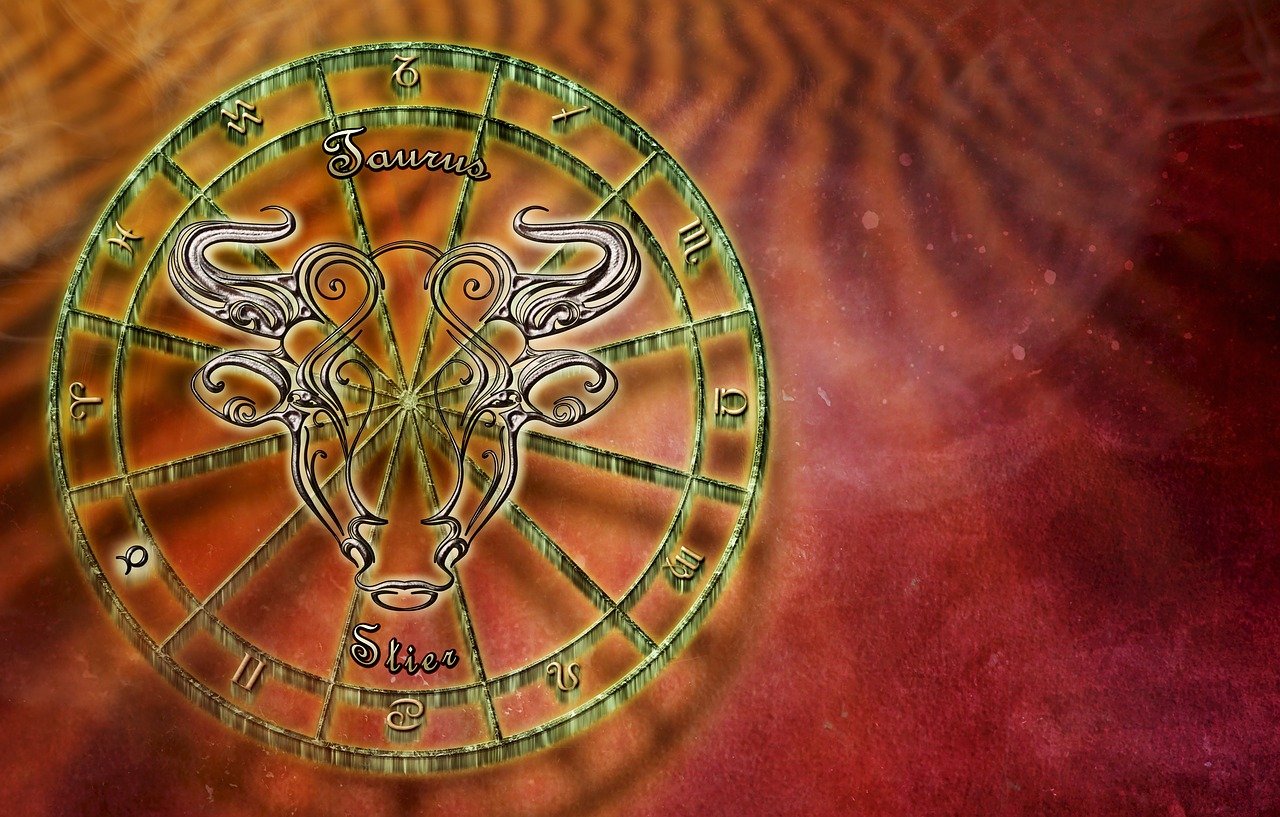
In many popular circles, the bull is closely associated with the bull sign, Taurus, for people born in springtime, which represents loyal friendship, leadership, blunt honesty, and sensuality. But with these comes negative traits such as stubbornness and wrath without fear of the consequences.
Some of the key personality traits of people born under The Bull include practicality, stoicism, determination, ambition, and materialism. In astrology, bulls are ruled by the planet Venus. This means they have traits of beauty, artistry, hedonism. They also love luxury and comfort. Taureans can be gentle, but they can also be fierce. Some famous examples include Adele, David Beckham, Cate Blanchett, and Cher.
The Symbolism of the Bull in Other Cultures
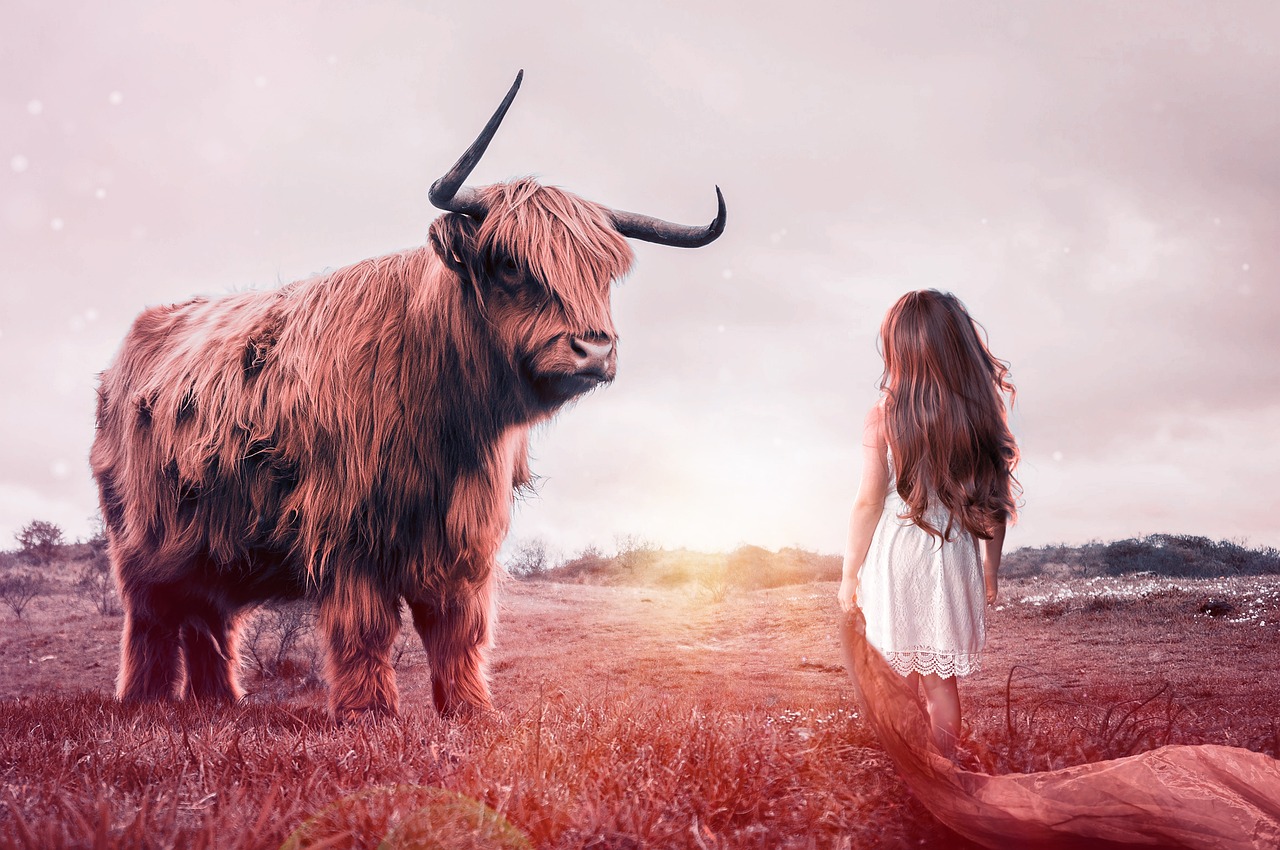
The bull has different significance wherever you look around the world.
In Native America, the bull was an essential resource and was regarded as an omen of stability and safety, and durability. The bull was integral to the Native American spirituality, and the bull as a spirit animal was told to have appeared whenever a tribe required help or guidance when it came to carrying burdens. As the bull stands for determination, this means that Native Americans valued those who stood by their convictions, which was how it gave name to one of the most famous chiefs, Sitting Bull.
In Christianity, the ox is a symbol for absolution and life through sacrifice, and according to the four Gospels, the ox is a manifestation of Jesus Christ. In the Bible, the ox symbol appeared in Ezekiel’s vision, representing hard work, burdens, and self-sacrifice. Later, the ox was associated with Luke the Evangelist, whose Gospel began with a sacrifice. The bull symbolism in the Bible relates to hard work and redemption through the act of self-sacrifice.
In Chinese culture, the bull is linked to farming, and the story goes that The Emperor of Heaven felt sorry for the starving people. So he sent the oxen on Earth to tell the people that they would not starve if they worked hard. Other myths speak of the Yan Emperor, who was a mythological figure depicted with the head of an ox. It is believed that he was the first who built up fields. Tibetan people believe the bull relates to strength, success, and wealth, and is viewed as the token of determination and perseverance.
The Bull in Your Dreams
Have you ever had a bull in your dreams? It is usually associated with aggressiveness in your life, either the presence of it or a lack of it. While the bull can be a calm presence, a bull dream is a sign that you need to change your perspective. A bull is also a sign of stubbornness, which may mean you need to be more determined, regardless of the risks. Dreaming about bulls can also mean you are able to handle difficult situations and can represent your inner strength, strong will, and power. It may also express urges or sexual desires.
The symbolism of the bull in dreams is linked to its actions and colors. For instance, a black bull in your dream should be taken as a warning because someone may give you hard times because they don’t like you or you might be facing a difficult situation.
But one of the most common bull dreams may appear bad, but if you dream that a raging bull is chasing you, this could mean that you are about to become rich through inheritance!
Our Relationship With the Mighty Bull
One of the most prominent images in human culture is the sacred bull, and have appeared in cave paintings estimated to be up to 17,000 years old.
One of the most famous images of the sacred bull is Apis, who was worshipped ceremonially by native Egyptians from the Early Dynastic Period in Egypt (c. 3150 - c. 2613 BCE) era through the Ptolemaic Period. Notably, Apis was worshipped consistently, even up to the Roman Period.
The bull is also a notable symbol in cultures like Mesopotamia, where the Sumerian guardian deity known as lamassu is depicted with bodies of either winged bulls or lions and the heads of men. In Iran, there are many depictions of bovine creatures, like Hadhayans. This was a bull so large, it could straddle the mountains and seas that divided the seven regions of the earth. Men could travel on his back to reach another region.
Significantly, bulls are prominent in Spanish culture. Bullfighting is the most common example, and it is still widely practiced in countries like Portugal, Southern France, Mexico, Colombia, Ecuador, Venezuela, and Peru. The history of bullfighting stems from prehistoric bull worship and sacrifice in Mesopotamia. The first recorded bullfight is debated, but it may be the Epic of Gilgamesh, which describes Gilgamesh and Enkidu fighting and killing the “Bull of Heaven.”
Bullfighting is also linked to Rome, where competition between man and animal was commonplace, which spread to Africa, Asia, and Europe during Roman times. But it was Spanish colonists that took the practice of breeding cattle and pursuing bullfighting to the American colonies, the Pacific, and Asia.
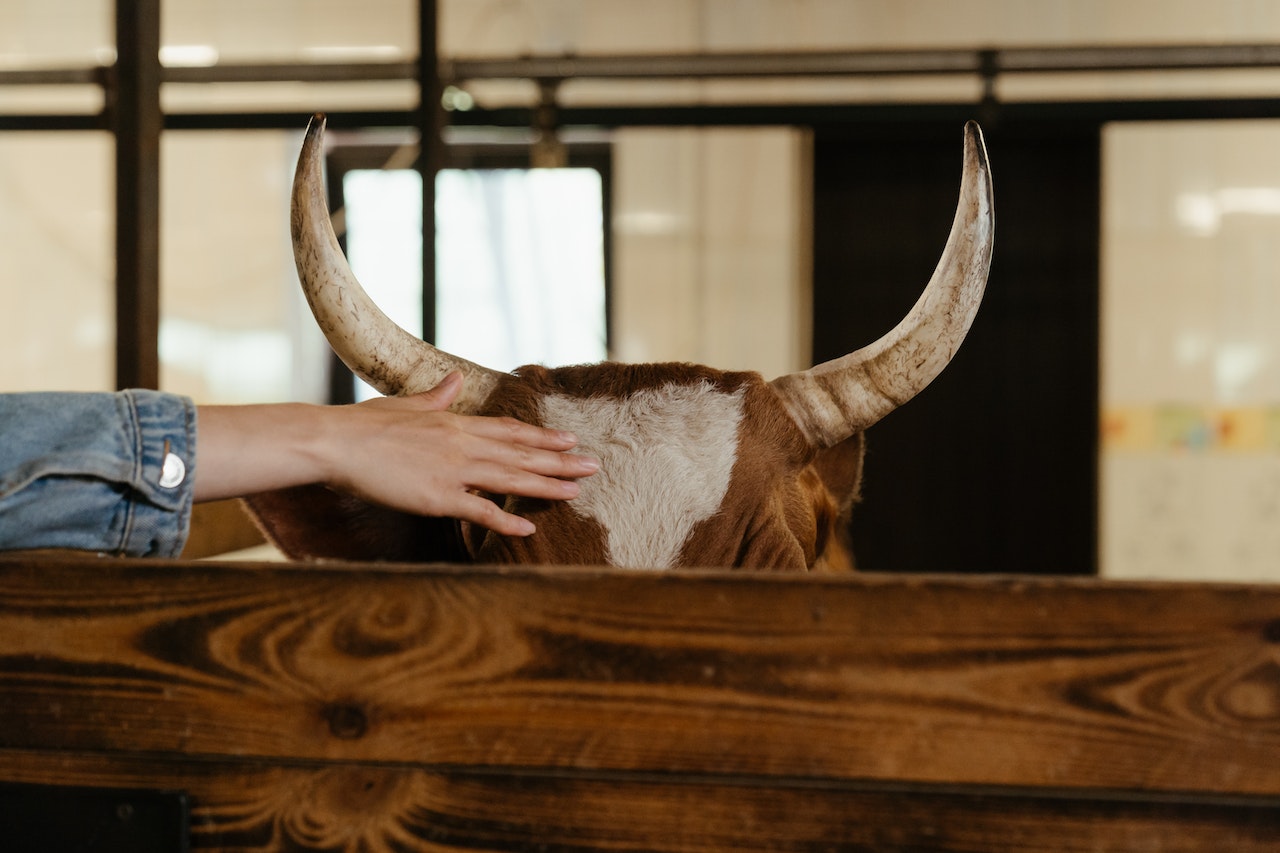
Spanish style bullfighting comes from medieval Spain, where it was only for the rich, who could afford to supply and train their animals. The bull was released into a closed arena, and a single fighter on horseback was armed with a lance. But by 1726, fighting bulls on foot came a common practice, which drew more attention from the crowds, evolving into the sport we all know. The modern practice of bullfighting is credited to Juan Belmonte, who introduced a style where he stayed close to the bull throughout the fight and has been seen as the overriding influence for all matadors. Although Belmonte was hurt on many occasions, this up close and personal style is the very pinnacle of man’s relationship with the beast, and many have tried to emulate it.
Aside from bullfighting, another common exercise in getting up close to bulls is The Running of the Bulls, a celebration that occurs every summer in Pamplona during fiestas, between the 7th and the 14th of July. A group of people called "mozos" aim to outrace a group of bulls running behind them with a crowd watching the entire race. Anyone can take part and, naturally, comes with risks, but it’s an opportunity to experience the visceral thrill of getting close to a bull.
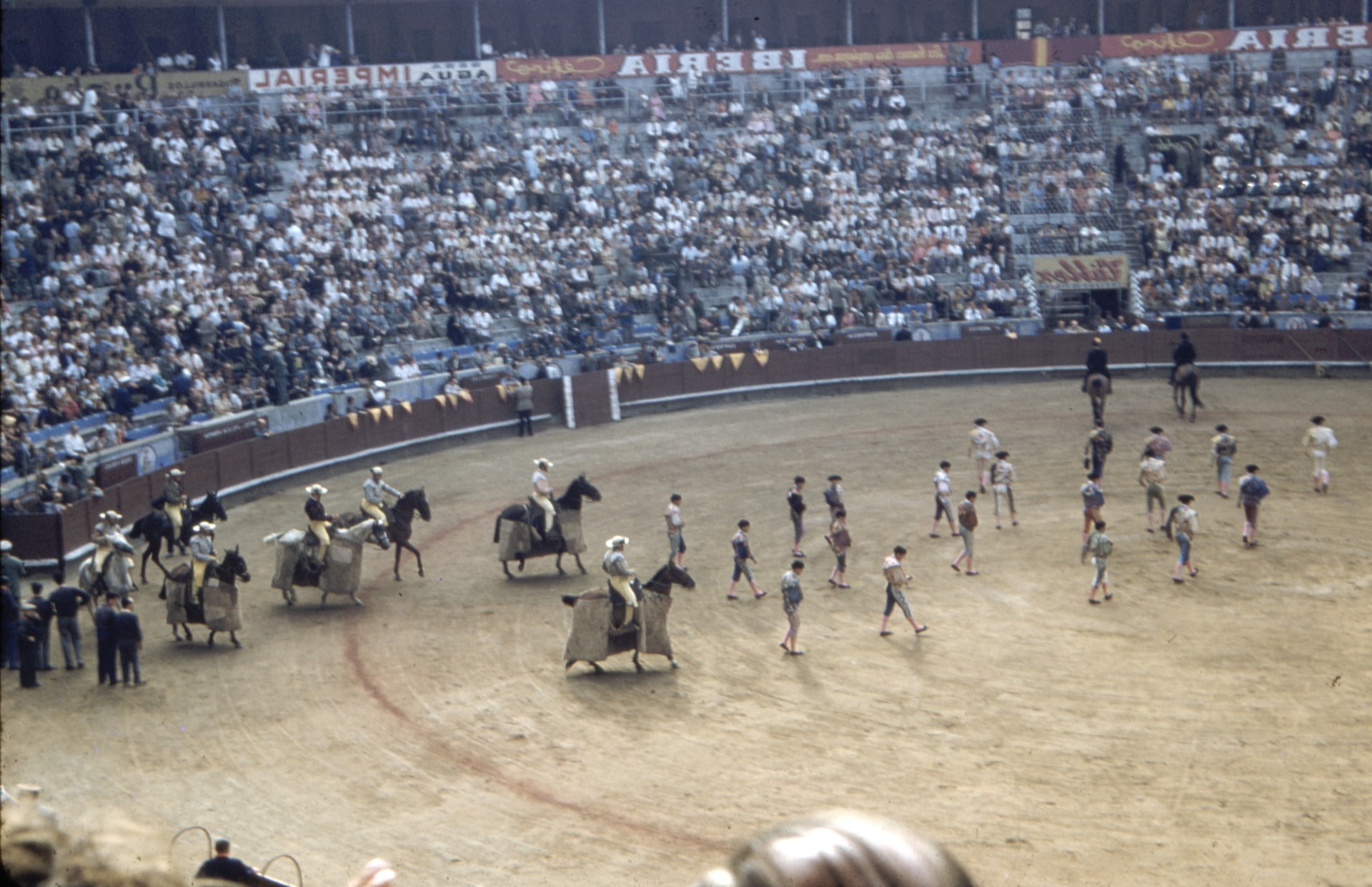
The Bull’s Significance in the Stock Market
In financial circles, the term “bull market” refers to the condition of a market where prices are rising or expected to rise. Due to the precarious nature of rising and falling prices, the term "bull market" is usually reserved for extended periods of time where a large portion of prices are rising and can last for months or even years.
The term "bull" is thought to come from the way in which a bull attacks its opponents, where a bull will thrust its horns up into the air, and these actions were then related to the movement of a market. Bull markets tend to be characterized by optimism, confidence, and expectations that strong results will continue.
The Mythology of the Bull and Folklore
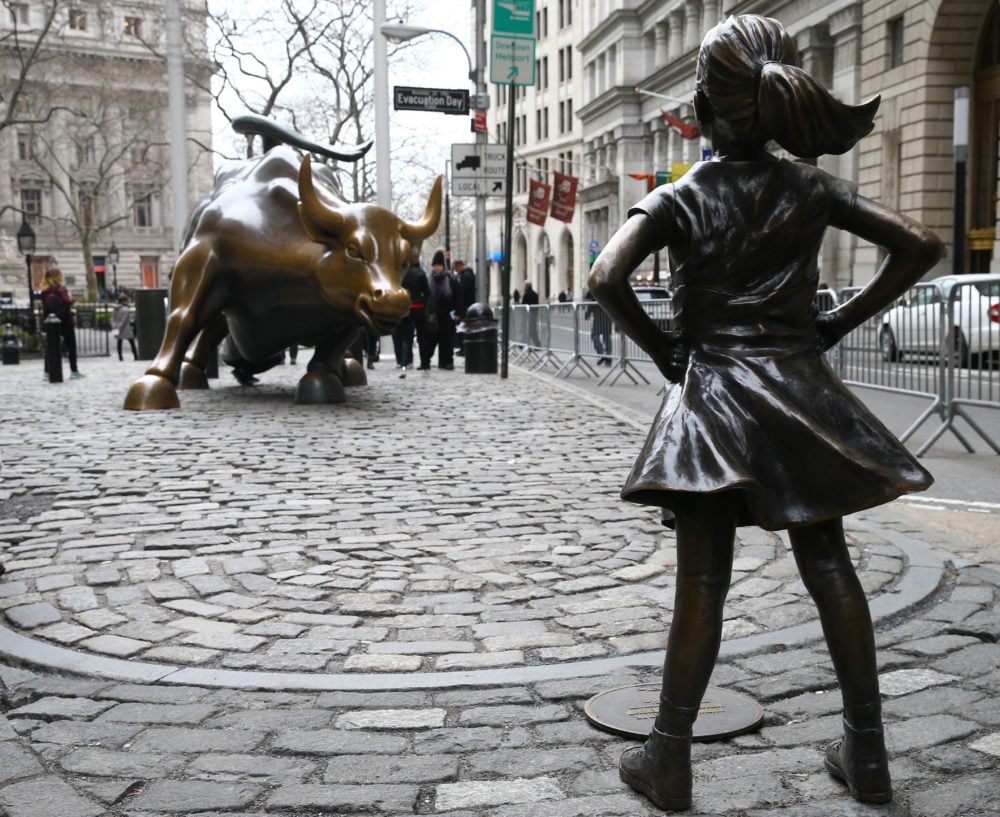
The symbol of the bull is widespread among mythologies and religions all over the world, and in parts of the world like Nepal or India, the slaughter of a cow is forbidden, as it is a sacred animal in religions such as Hinduism, Jainism, and Buddhism. Saving it from slaughter is how an individual can achieve the hope for a better rebirth.
The Bull as a Power Animal
The bull has long been considered as a power animal, as the bull is about protecting its herd, especially the offspring. There is a belief that the bull’s hooves bring rain, being a sign of abundance, and their hooves may cause earthquakes, symbolizing dominance over the Earth’s energies.
Conclusion
The bull is a powerful animal, and its' symbolism is linked to positive traits, like strength and abundance. But it is also linked to some negative characteristics, such as death or destruction. However, based on its significance in cultures across the world, and its prominence as the pinnacle of a warrior mentality, as evidenced in Spanish bullfighting, not to mention its prevalence in all forms of art, from the cave paintings of 17,000 years ago to the most famous artist of the 20th century, the bull is clearly a strong, tough entity, and represents so much.
If you're interested in learning more about our Boston SEO Agency services or Wordpress vs Hubspot CMS solutions, please don't hesitate to reach out!

